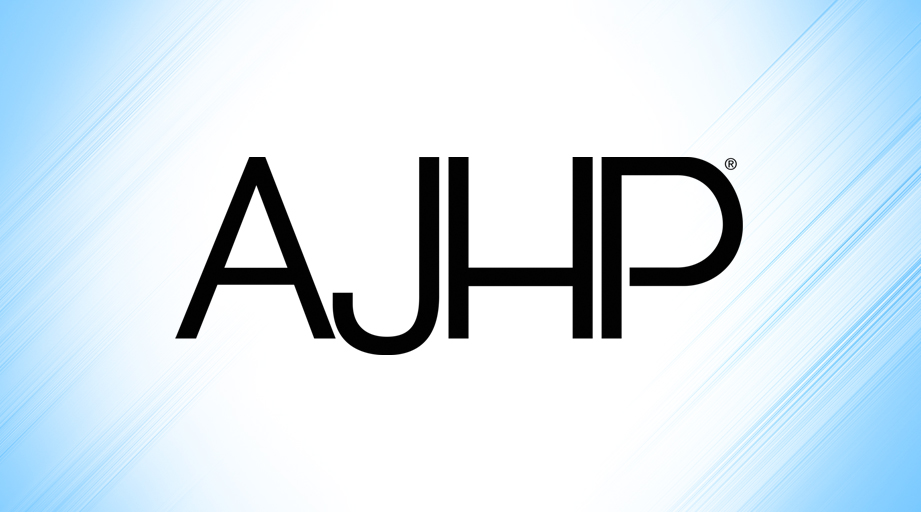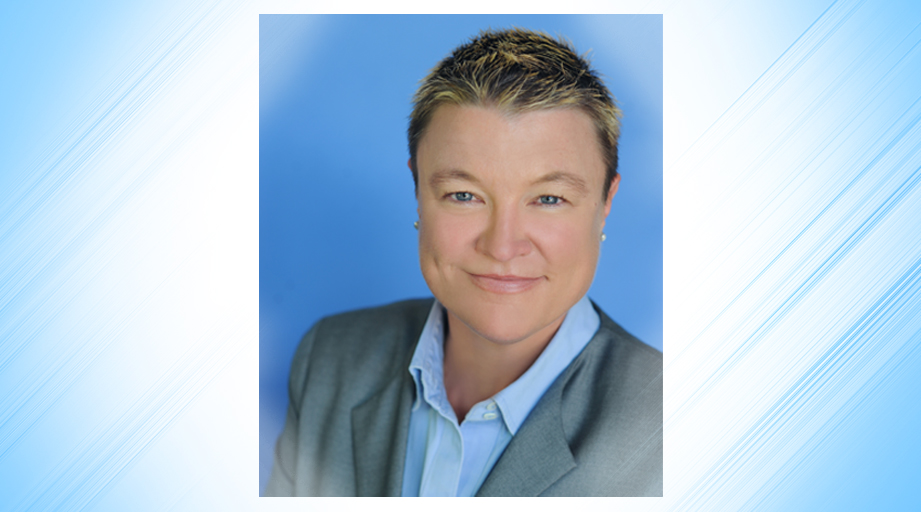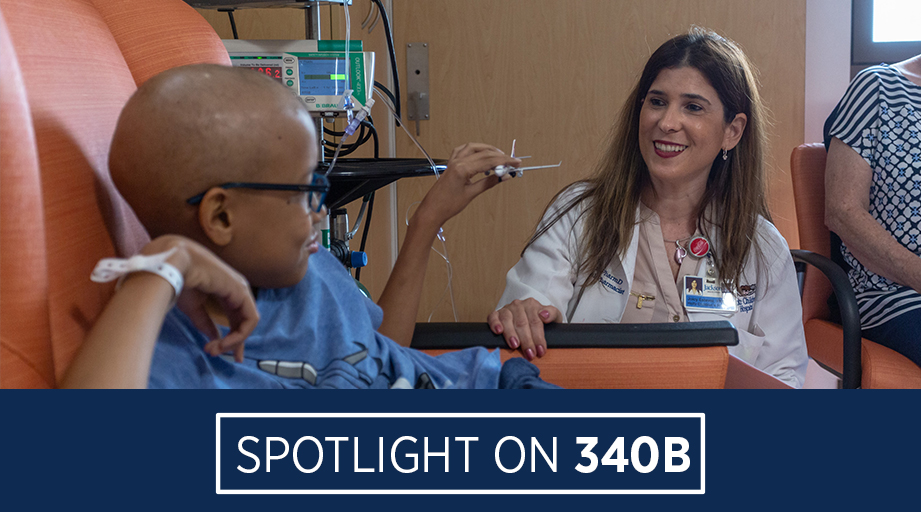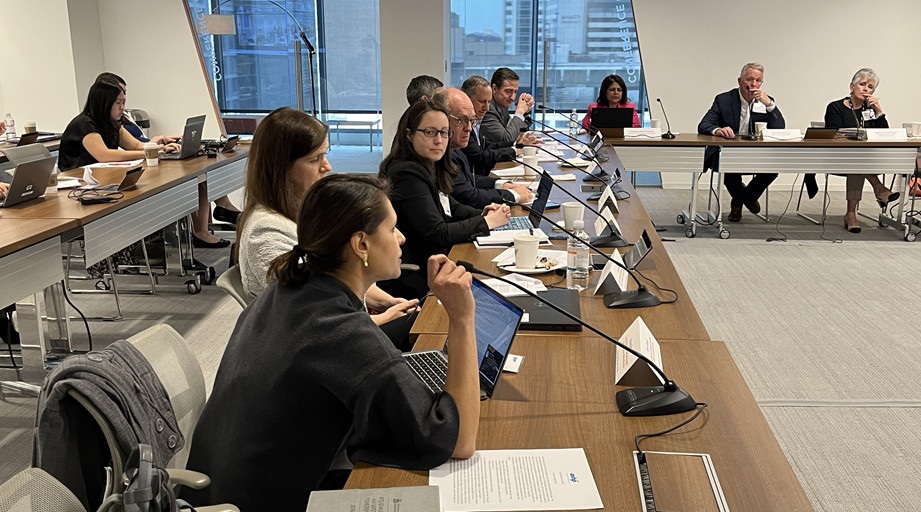
Hospitals that recognize “good catches”—interceptions of medication-related problems and other potential safety issues before they reach the patient—demonstrate that doing the right thing can be personally rewarding while supporting institutional efforts to improve patient care.
Pamela Lenhert, clinical pharmacy coordinator at Memorial Medical Center in Modesto, California, described a recent good catch:
“The other day, we had two different strengths of Tamiflu that we found when we were doing outdates, . . . because we had the bottles mixed up in the picking bin in the main pharmacy,” she said.
Hospital staff who report such incidents are congratulated in front of their coworkers and are also eligible for modest prizes.
“Besides simple recognition, if it’s a really good catch the boss will hand you out a ’mocha buck’ for a coffee card or a $5 ticket for the cafeteria,” Lenhert said.
She said the good catch program originated about two years ago in the emergency department and later expanded to all units at the hospital.
“Our goals are to recognize people that pay attention and find these things and to educate staff on what to look for,” Lenhert said of the program. For example, she said, if different strengths of a medication are found together in an automated dispensing unit, “everybody starts being on the lookout for that.”
Lenhert said each department’s good catches are captured on a spreadsheet, which is reviewed monthly by the quality management department.
“These are reviewed for trends or catches that can be introduced housewide. The significant catches are also presented at the monthly central council meeting” for each department, she said.
A similar program exists at the University of Vermont Medical Center in Burlington, said Medication Safety Coordinator Jeffrey Schnoor.
Staff members report good catches using a one-page online form. “It’s a relatively quick process to report,” Schnoor said.
Schnoor said the program began several years ago and each month awards one employee a $100 gift card, a “good catch” pin, and a write-up in the hospital’s newsletter.
Monthly winners are eligible for an annual prize of $500 and additional recognition in the newsletter, he said.
“Even though it’s a nominal type of award, . . . there’s a certain amount of prestige, I would say, in getting the award. And people seem to be very appreciative,” he said.
Schnoor said pharmacists and pharmacy technicians are selected fairly regularly for the monthly awards, but he wanted to do more to involve his staff. So about four years ago, he started a departmental good catch program that awards a certificate and a $25 gift card to one pharmacy staff member each month.
Schnoor said the programs encourage reporting and increase staff awareness of how the reports can improve patient safety. He said the hospital uses a quality and performance management system from the University HealthSystem Consortium (UHC) to record relevant good catches and other safety-related incidents.
He said one memorable good catch was the discovery by a pharmacy technician that a batch of cardioplegia solution purchased from a compounding pharmacy contained the wrong base solution.
Another issue classified as a good catch was the discovery of an error in an American College of Chest Physicians (ACCP) guideline that incorrectly called for weight-based anticoagulant dosage calculation instead of the use of a fixed-dose product. Schnoor said this error was brought to ACCP’s attention, and the guideline was eventually corrected.
The University of Texas MD Anderson Cancer Center in Houston in 2005 established a good catch program that was featured as an “Innovation Profile” by the Agency for Healthcare Research and Quality (AHRQ).
One basic innovation cited in the AHRQ profile was the cancer center’s decision to use the term “good catch,” which has positive connotations, instead of “near misses” or “close calls,” which are less positive ways to characterize events and interventions.
MD Anderson designed the prototype good catch program as a baseball-type competition among nursing units and gave special recognition to the unit with the greatest number of reports.
But that program has run its course, said Sayer Monroe, medication safety consultant for patient safety and accreditation at the cancer center.
Monroe said the original program allowed anonymous reporting and didn’t require patient identification, which prevented thorough investigations of reported problems. And good catches weren’t integrated into the hospitalwide adverse-event reporting system.
“So when you had events that you wish you could research a little bit more, you really didn’t have that option,” he said. “We really couldn’t research what were the human factors and what were the processes in the system” that needed improvement.
To help address this issue, he said, MD Anderson in 2011 switched from its homegrown error reporting systems to a UHC reporting system.
Monroe said the UHC technology allows the entry of information on good catches into a database—but at a cost.
“We did see our good catches go down when we implemented this process, because now it was not anonymous reporting,” he said.
Monroe said most good catches are reported by nurses. He said pharmacists tend to view good catches and other interventions as a routine part of their job rather than a source of data to improve patient safety and the quality of care.
“You prevent a chemo dose from being dispensed to harm a patient and think, ’Well, that’s part of my job,’” he said. “But . . . maybe whoever wrote the order needs training. Maybe it’s an order set problem.”
“I think that’s probably a culture that we need to change in pharmacy,” he added. “We need to do a better job as a profession of reporting events.”
He said that ideally, students and residents should be taught, when they make a good catch, to record their intervention in both pharmacy and institutional tracking systems.
Monroe said many good catches at MD Anderson involve patient monitoring parameters, such as ordering a medication dose that should have been withheld on the basis of laboratory test results. He said the problem typically occurs when order set instructions aren’t transcribed into the medication administration record.
“Our order sets are PDFs,” he said. “We get good catches on that because we have double checks at order entry, order processing, and administration, and those orders have to be changed.”
Monroe expects those errors to decrease over time when the cancer center switches to an electronic health record system with physician order entry and stops using the PDF order sets.
He encouraged hospitals to establish a culture that encourages incident reporting and openness about when errors occur.
“Be transparent with your close calls on your units and areas, because you have to let your staff know this is what’s happening,” Monroe advised. “Most of these close calls are dealing with everyday processes that you do continuously.”
[This news story appears in the October 1, 2015, issue of AJHP.]









